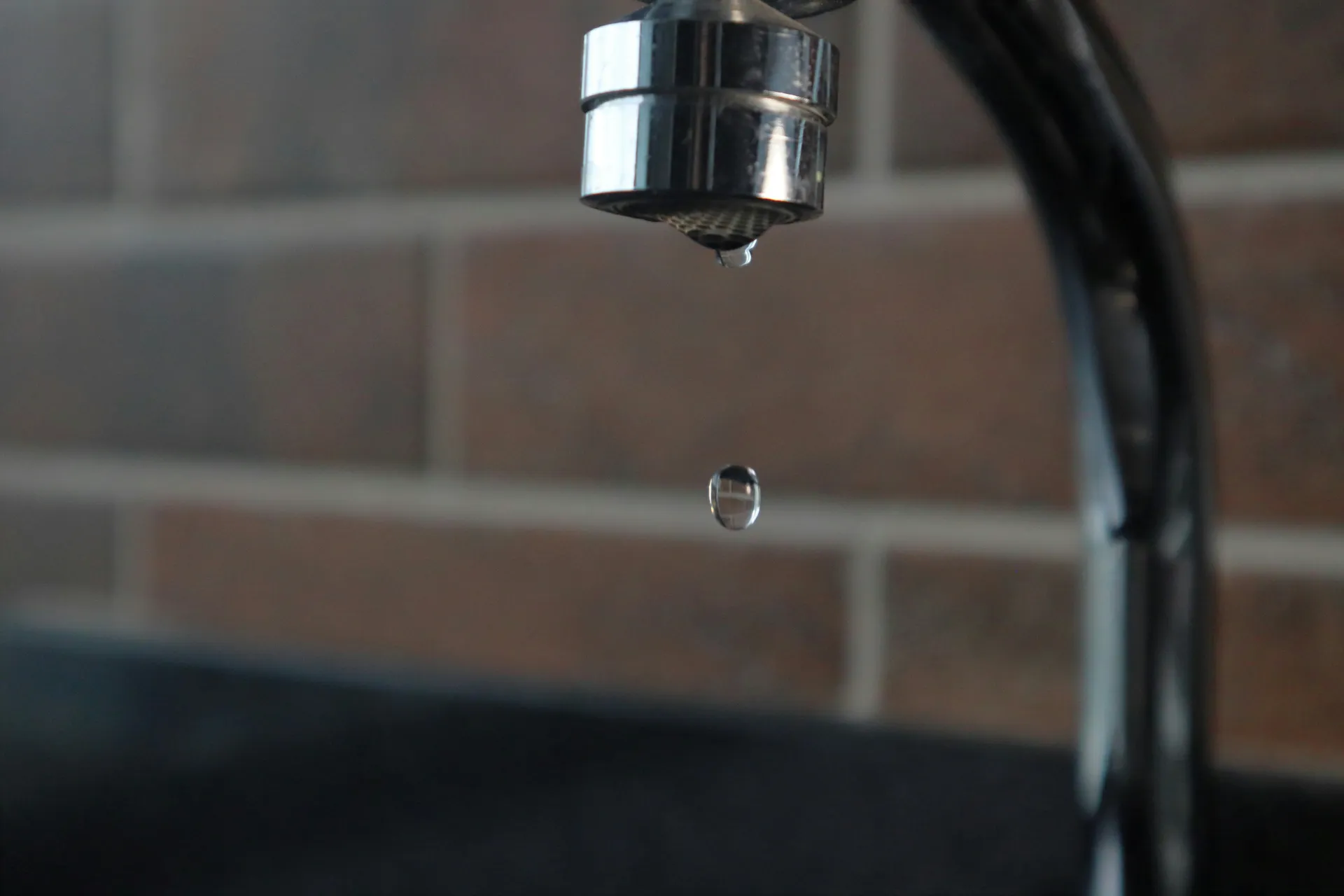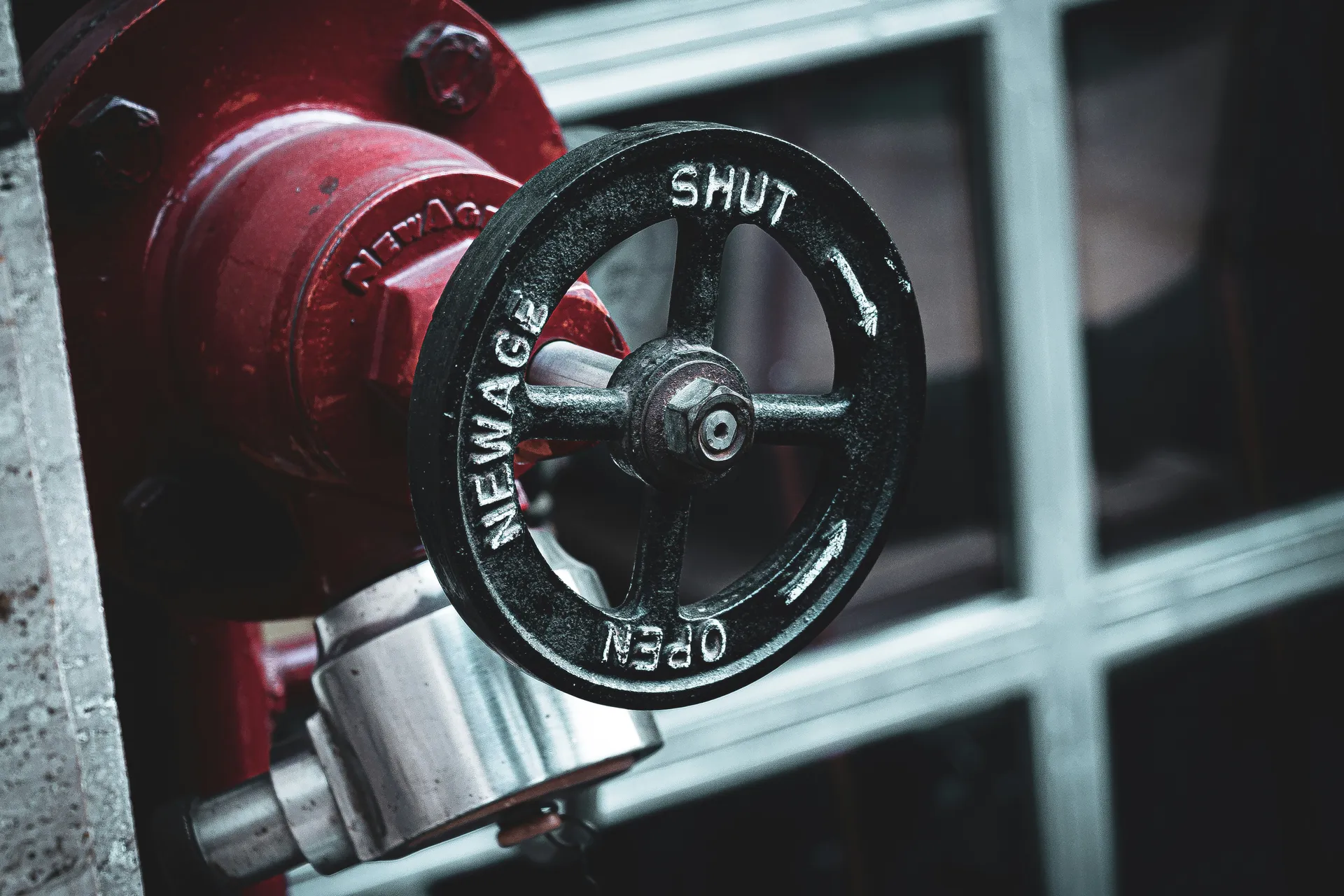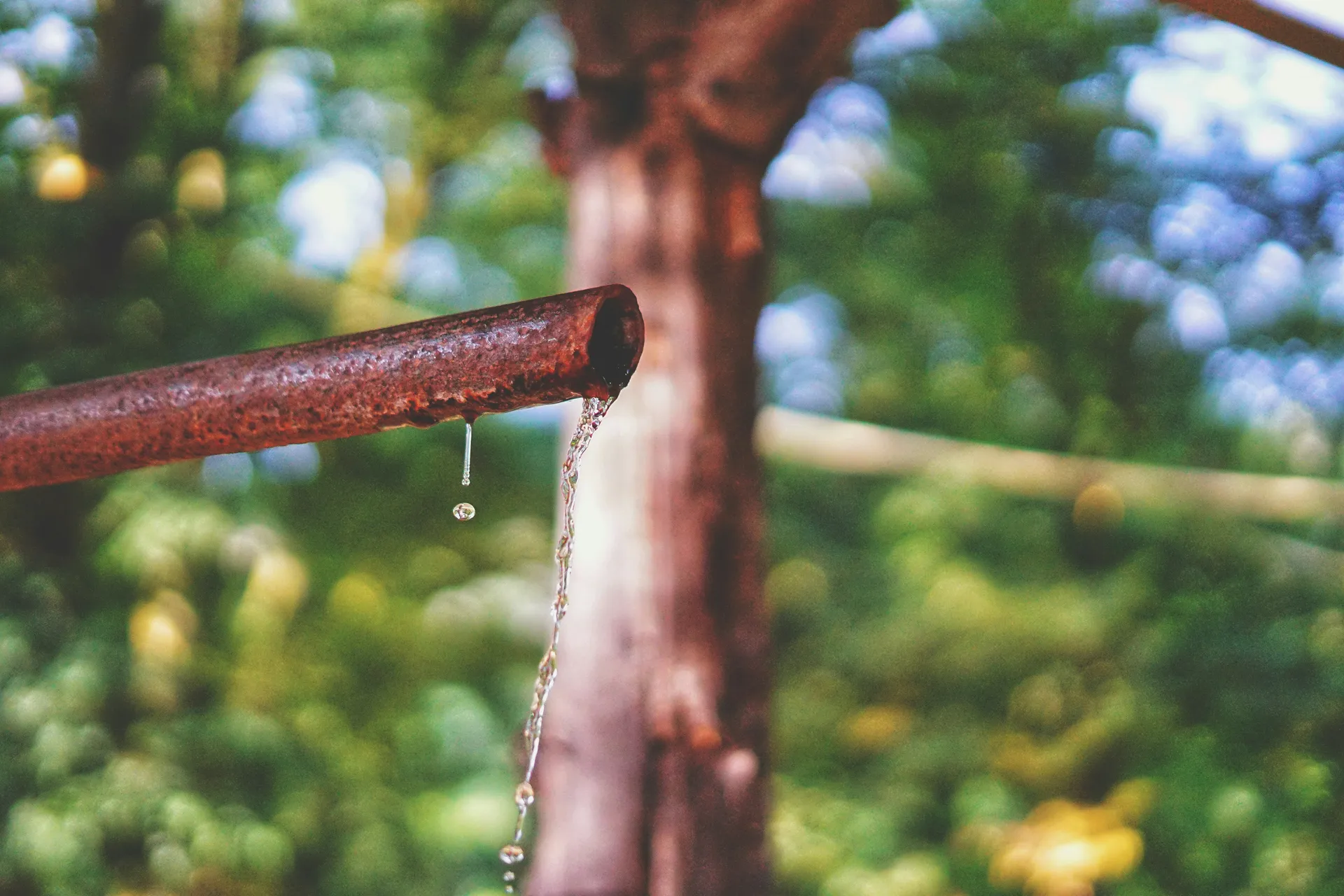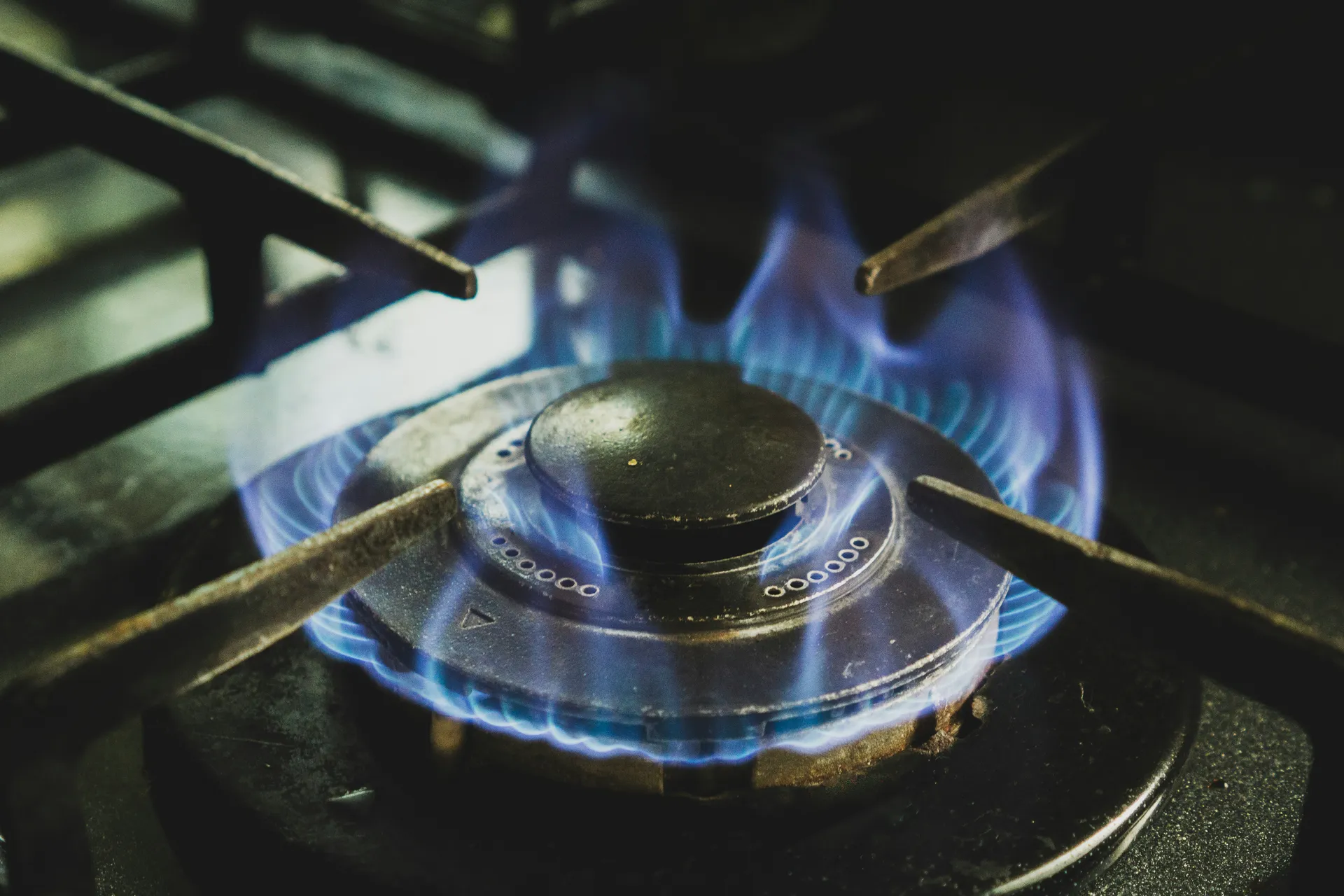
Low Water Pressure in House? Causes & How to Fix It (DIY & Pro)
There’s nothing more frustrating than stepping into the shower, ready for a refreshing blast of water, only to be met with a weak, dissatisfying trickle. Or trying to wash dishes while the faucet sputters. I understand how frustrating this can be. As a Master Plumber with over 15 years of experience, I’ve seen it all, and the good news is that you don’t have to live with it.
Low water pressure is one of the most common complaints I hear, and it can stem from a variety of causes—some are surprisingly simple to fix, while others are signs of a more serious issue. This guide will walk you through the process, step-by-step, to help you diagnose why your water pressure is low and what you can do about it.
Key Takeaways
- Low pressure can stem from simple issues (a half-closed valve) or serious ones (a hidden leak).
- A failing Pressure Reducing Valve (PRV) is a very common culprit in homes with municipal water.
- Always start with simple DIY checks before calling a plumber to save time and money.
- Unexplained pressure loss could signal a leak; ignoring it can lead to costly structural damage.
Why is My Water Pressure So Low? Uncovering the Common Culprits
Let’s walk through this together, starting from the simplest and most common causes and moving toward the more complex ones. In my professional opinion, a methodical approach is the best way to avoid unnecessary costs.
1. The Main Water Shutoff Valve Isn’t Fully Open
This might sound too simple, but it happens more often than you’d think, especially after a recent repair or maintenance work. Your main water shutoff valve is the gateway for all water entering your home. If it’s not 100% open, it will restrict the flow to every single faucet.
How to Check: Locate your main water shutoff valve. It’s typically in a basement, crawl space, or utility closet, often near where the main water line enters the house.
- If you have a ball valve (with a lever handle), the handle should be parallel to the pipe.
- If you have a gate valve (with a round, wheel-like handle), turn it fully counter-clockwise until it stops.

2. Your Pressure Reducing Valve (PRV) is Failing
If your home uses municipal water, you likely have a Pressure Reducing Valve (PRV). This bell-shaped device is crucial for protecting your pipes and appliances from dangerously high pressure from the city main. However, these valves typically have a lifespan of 10-15 years and can fail or become clogged with sediment, leading to a house-wide pressure drop.
How to Check: The PRV is usually located right after the main shutoff valve. Some have a pressure gauge on them. If the pressure reads significantly lower than 45-60 PSI (a typical residential range), the PRV is a likely suspect.
While some PRVs are adjustable, I strongly advise against homeowners doing this themselves. Setting the pressure too high can void appliance warranties and lead to burst pipes or hoses. Diagnosing and replacing a PRV is a job for a qualified plumber.
3. Clogged Pipes are Restricting Flow
Pipe blockage is a classic cause of low water pressure, especially in older homes (pre-1970s) with galvanized steel pipes. Over decades, these pipes corrode from the inside, and the buildup of rust and mineral scale acts like cholesterol in an artery, severely restricting water flow.
How to Check: This is difficult to confirm without a plumber. However, a key symptom is if the low pressure is noticeably worse at specific faucets, or if your hot water pressure is much lower than your cold water pressure (as the hot water lines often clog faster).

4. You Have a Hidden Water Leak
This is the most serious potential cause. If there’s a leak in a pipe under your foundation (a slab leak) or within a wall, a significant amount of water is escaping before it ever reaches your faucets. This not only causes low pressure but can lead to catastrophic water damage, mold growth, and foundation issues.
Related Leak Detection & Repair Resources
If you suspect a hidden leak, you may need professional leak detection services or slab leak detection. For comprehensive leak repair information, see our complete leak repair guide.
How to Check (The Meter Test):
- Turn off every single water-using appliance in your home (faucets, toilets, dishwasher, washing machine, etc.).
- Find your water meter and take a picture of the reading.
- Do not use any water for 1-2 hours.
- Check the meter again. If the reading has changed at all, you have a leak, and you need to call a plumber immediately.
From a structural standpoint, an undetected slab leak is one of the most dangerous issues a homeowner can face. Persistent moisture can compromise the soil supporting your foundation, leading to cracks and costly structural repairs down the line. Don’t ignore unexplained low water pressure.
5. It’s a Problem with the Municipal Supply
Occasionally, the problem isn’t inside your property lines. There could be maintenance happening in your neighborhood, a break in the city water main, or the local water tower could be temporarily offline.
How to Check: The quickest way is to ask your next-door neighbors if they are also experiencing low water pressure. If they are, check your local water utility’s website or social media for any posted alerts.
How to Fix Low Water Pressure: DIY vs. Calling a Plumber
Now that we’ve identified the potential culprits, let’s talk solutions. Some are simple fixes you can do right now, while for others, you’ll need to find a professional plumber for low water pressure.
Quick Fixes You Can Try Yourself
If the issue isn’t a major leak or a failed PRV, one of these simple steps might just solve your problem.
Step-by-Step Guide
Double-Check the Main Valve
I know we’ve already covered this, but it’s the first and most important check. Ensure your main shutoff valve is 100% open before you do anything else.
Clean Faucet Aerators & Showerheads
This is a huge one! Tiny mineral deposits (scale) can easily clog the small holes in your faucet aerators and showerheads. Unscrew them, soak them in a cup of white vinegar overnight, and use an old toothbrush to gently scrub them clean. You might be shocked at the difference this makes.
Check the Water Heater Shutoff
If you only have low hot water pressure, check the shutoff valve on the cold water inlet pipe leading to your water heater. Like the main valve, this needs to be fully open to allow the tank to fill and supply your hot water lines properly. If your water heater is old or showing other signs of failure, use our water heater calculator to estimate replacement costs.
When to Call a Licensed Plumber
If the DIY fixes didn’t work, it’s time to call in a professional. I’ve seen too many well-intentioned homeowners turn a small plumbing issue into a major flood. It’s not worth the risk.
Here’s a clear checklist for when to stop troubleshooting and make the call. A professional diagnosis is the fastest way to get your water flowing properly again.
Call a Plumber If...
What to Expect: Common Professional Repair Costs
After diagnosing that you need professional help, the next logical question is: “What will this cost me?” While prices vary by location and the complexity of the job, here is a general breakdown of what you can expect for common repairs related to low water pressure.
| Professional Service | Typical Cost Range | What It Solves |
|---|---|---|
| Pressure Reducing Valve (PRV) Replacement | $350 - $600 | Fixes house-wide low pressure caused by a faulty valve. |
| Plumbing Camera Inspection (Diagnostic Fee) | $300 - $500 | Pinpoints hidden leaks or major clogs in the main line. |
| Accessible Pipe Repair (Single Leak) | $400 - $1,500 | Fixes a single, visible leak in a basement or crawlspace. |
| Whole or Partial House Repipe | $4,000 - $15,000+ | The ultimate solution for old, severely corroded galvanized pipes. |
Conclusion: Don’t Live with Weak Water Pressure
Low water pressure is more than just a minor annoyance; it can be a symptom of a much larger problem. By following these diagnostic steps, you can get to the bottom of the issue.
Don’t let a weak shower be a frustrating start to your day. Whether it’s a simple fix like cleaning a showerhead or requires a professional to replace a key component, solving the problem will make your home more comfortable and functional.
Frequently Asked Questions
Related Plumbing & Home Maintenance Resources
- Complete Maintenance Guide: Repairs & Maintenance: Your Complete Home Care Guide
- Leak Detection: Leak Detection Specialist: What They Do & What It Costs
- Slab Leak Issues: Slab Leak Detection: Methods, Signs, and Next Steps
- Slab Leak Costs: Slab Leak Repair Cost: Pricing, Factors, and Savings Tips
- Toilet Problems: Why Is My Toilet Bubbling? A Master Plumber’s Diagnostic Guide
- Drain Issues: Drain Clog Plumber: Who to Call & What It Costs
- Gas Safety: Gas Leak Repair Costs & Emergency Guide
- Sewer Line Problems: Sewer Line Repair: Methods, Costs, and When to Call a Pro
- Home Systems: Home Systems & Appliances: A Complete Guide to Costs, Maintenance & Lifespan
- Building & Remodeling: Building & Remodeling: A Complete Guide to Costs & Planning
- Outdoor Projects: Exterior & Outdoor Projects: A Complete Guide


